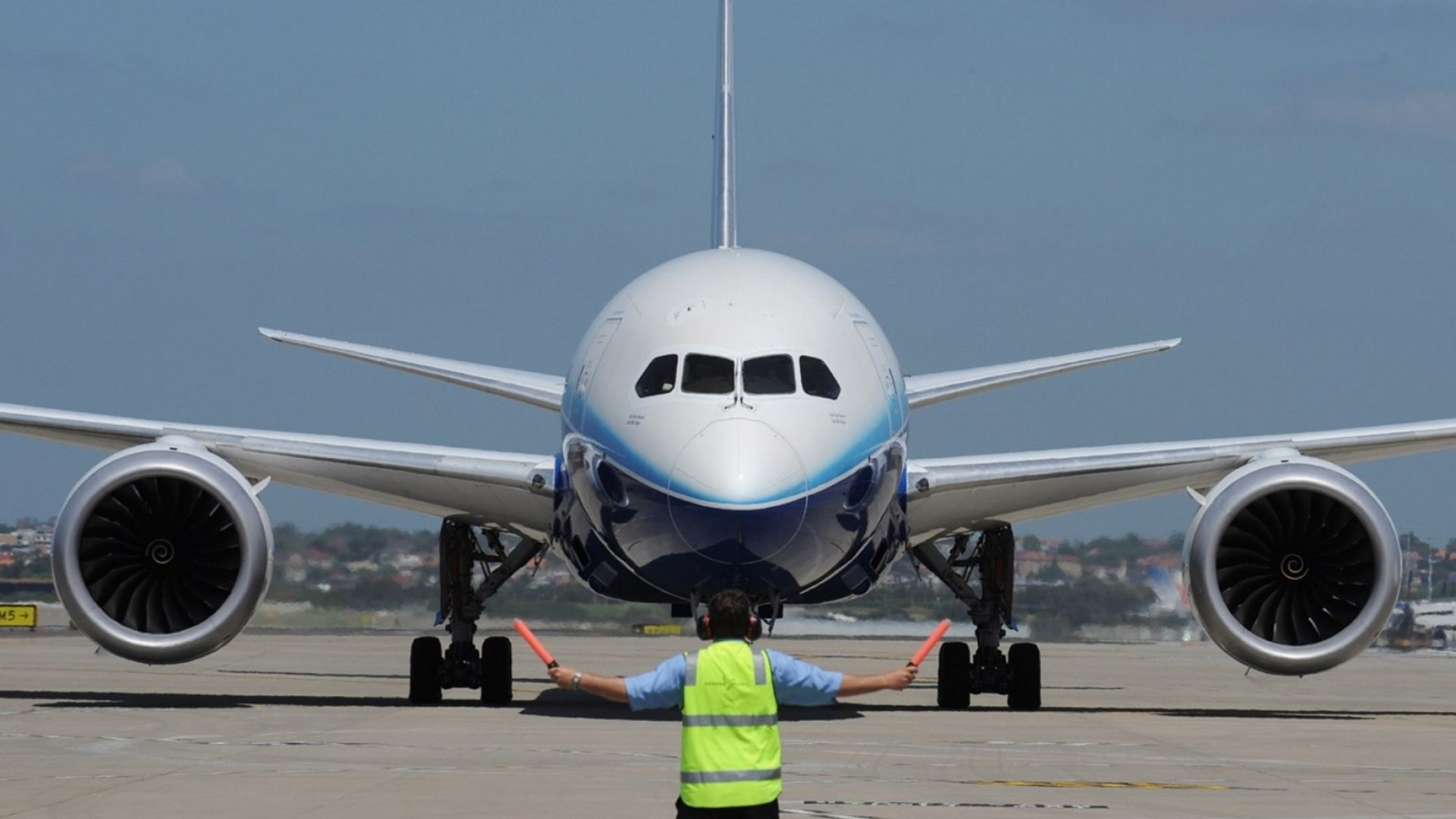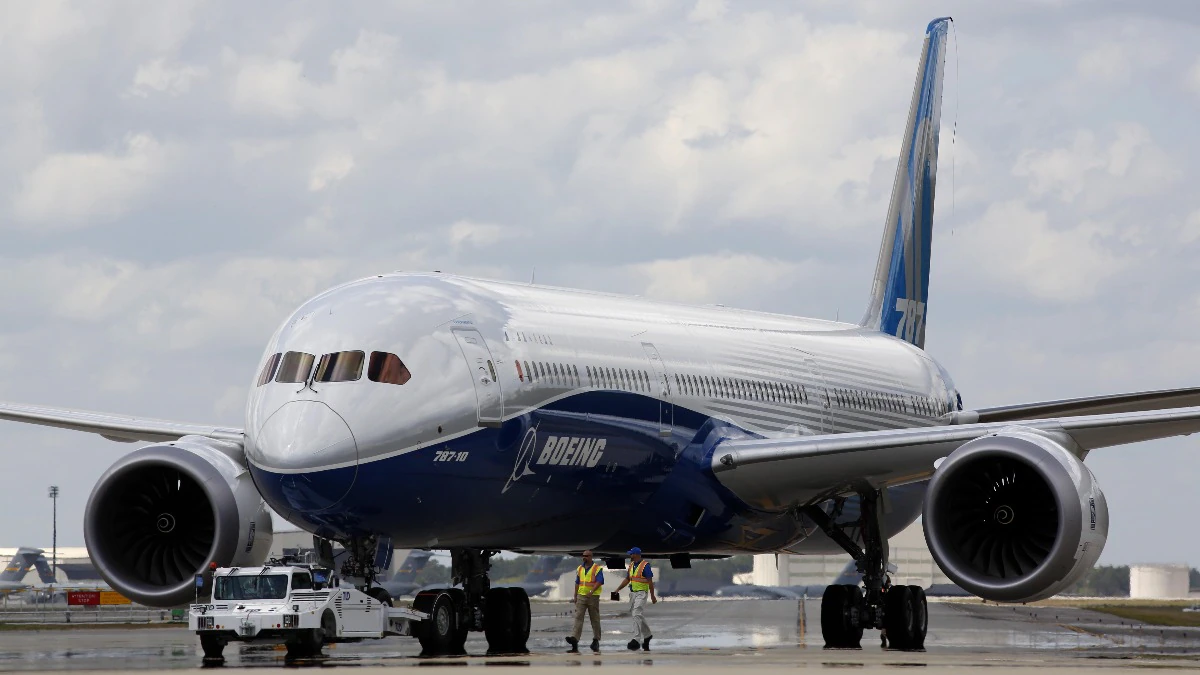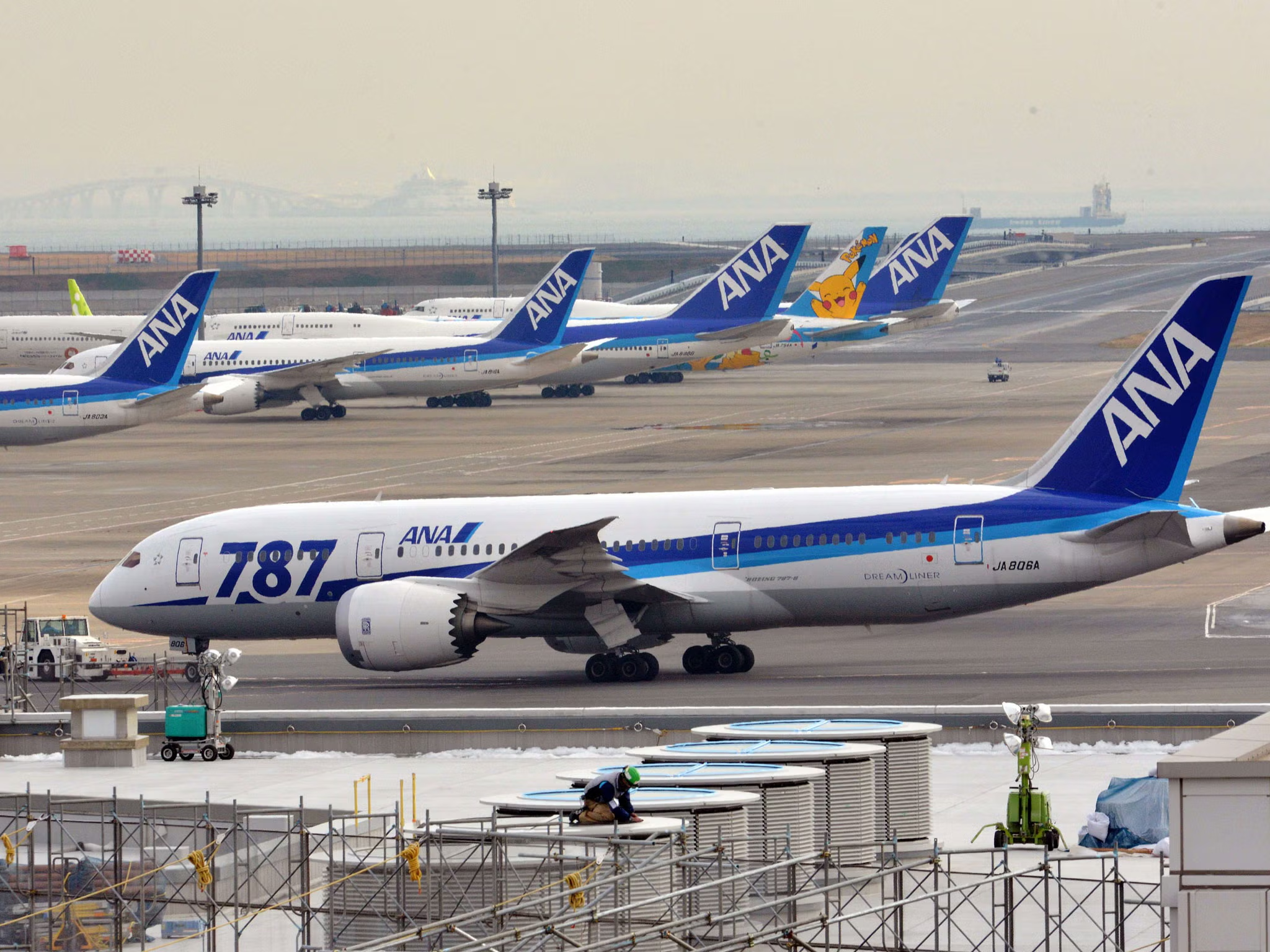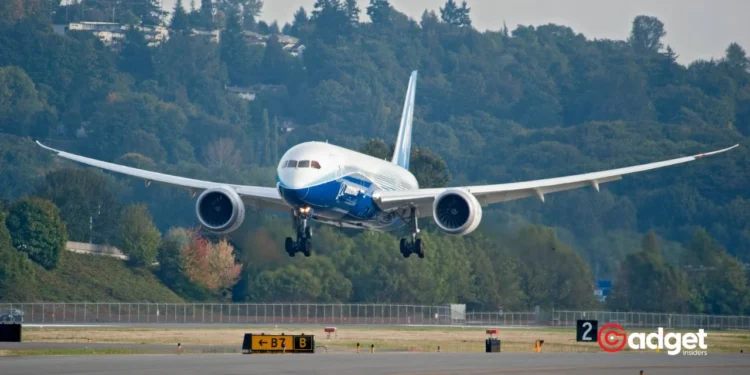The Federal Aviation Administration (FAA) has launched a rigorous investigation into Boeing’s handling of required inspections for its 787 Dreamliner fleet. This inquiry follows alarming revelations that employees may have bypassed essential safety tests but recorded them as completed. The core of the investigation focuses on the “bonding and grounding where the wings join the fuselage,” a critical component of aircraft integrity and safety.

A Culture of Compliance and the Spotlight on Boeing
In an industry where safety is paramount, Boeing’s internal processes have come under intense scrutiny. According to Scott Stocker, Boeing’s Vice President leading the 787 Dreamliner program, an internal review was triggered by a conscientious employee who noticed discrepancies in the mandatory conformance tests at the wing body join. This discovery was promptly escalated, showcasing a functioning—if challenged—system of checks and balances within the company. Stocker’s communication to the employees emphasized the company’s zero tolerance policy towards process deviations, asserting, “We promptly informed our regulator about what we learned and are taking swift and serious corrective action with multiple teammates.”
STORY UPDATED
Boeing admits 787 employees in South Carolina falsified inspection records.The jetmaker says it's not an immediate safety of flight issue.
The FAA has opened an investigationhttps://t.co/oYqJ7bBBI4
— Dominic Gates (@dominicgates) May 6, 2024
The commitment to rigorous standards and open communication channels within Boeing is crucial, especially as the aerospace giant continues to manage the repercussions of past safety issues and public scrutiny. The recent incidents highlight ongoing challenges but also reflect a proactive stance in addressing and rectifying procedural lapses.

The Broader Impacts on the Aviation Industry
Boeing’s immediate steps include reinspection of all 787 airplanes still within the production system and the formulation of a comprehensive plan for the in-service fleet. This approach underscores the importance of integrity in manufacturing and the broader implications for airline customers and passenger safety. As the FAA stated, “We will take any necessary action—as always—to ensure the safety of the flying public.”
Moreover, this situation casts a spotlight on the importance of employee vigilance and the critical role of whistleblowers in maintaining industry standards. Recent unfortunate events, including the deaths of two whistleblowers linked to Boeing, underline the high stakes involved in aerospace manufacturing and the pressures faced by those who stand up for safety and quality.

Lessons and Looking Ahead: The Imperative for Robust Safety Protocols
The Dreamliner’s woes are not isolated. Earlier this year, about 50 passengers were injured on a LATAM Airlines flight when a Boeing 787-9 Dreamliner experienced turbulence, exacerbated by a cockpit seat malfunction. This incident led Boeing to advise airlines to inspect cockpit seats for potential hazards, demonstrating the ripple effects of component malfunctions on overall aircraft safety.
In a broader context, the aerospace industry continues to evolve with an increasing focus on not just technological advances but also on enhanced safety protocols and transparent corporate governance. As Boeing navigates through these turbulent times, the lessons drawn from these incidents are pivotal for the entire sector. They underscore the need for stringent oversight, relentless adherence to safety norms, and a culture that prioritizes the well-being of every stakeholder involved in the realm of air travel.
Moving forward, Boeing’s handling of the current crisis, coupled with the FAA’s diligent oversight, will be critical in restoring confidence in the 787 Dreamliner program. For the flying public, the commitment to uncompromised safety standards is non-negotiable, and Boeing’s response to these challenges will be a testament to its dedication to upholding the highest levels of safety and reliability in aviation.










